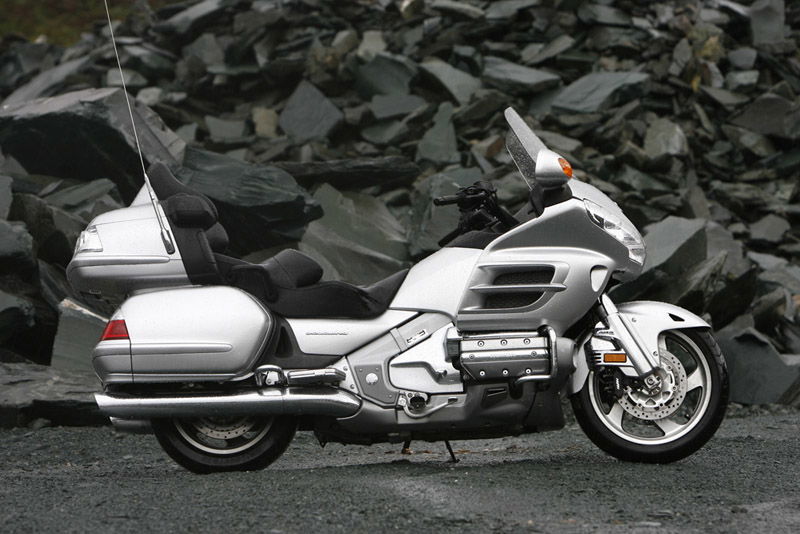Ducati Monster M900 (1993) review
The bike that saved Ducati was a design icon, which remained unchanged for 15 years. Forget the 916, the Monster is the bike that made Ducati what it is today

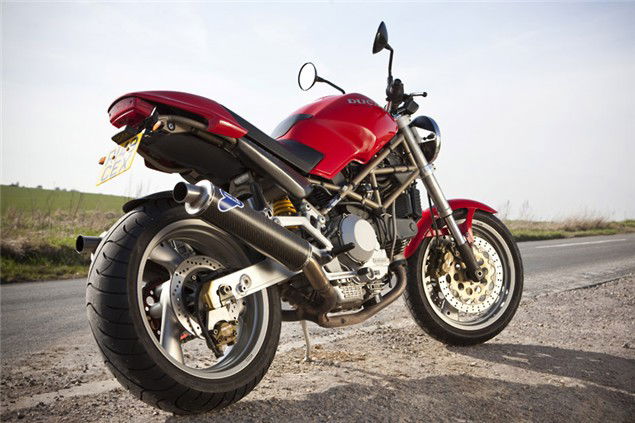
Without its Monster range, Ducati wouldn’t be in existence today. It’s as simple as that. While the 916 and its designer Massimo Tamburini might have been grabbing the headlines in 1995, none of his work would have made it out of the factory’s gates had it not been for the genius of Miguel Galluzzi and his incredible foresight.
Using his philosophy that all a motorcycle needed was “a saddle, tank, engine, two wheels and handlebars,” Galluzzi took the trellis chassis from the 888, mated it to the 904cc air-cooled engine from the 900SS and debuted his new bike at the Cologne Motorcycle Show in 1992. He called it a Monster, and it was the first modern streetbike.
In 1993, the term “street bike” or “naked” bike didn’t exist. With the introduction of the FireBlade in 1992 sportsbikes were kings and rider’s minds were either focused on going fast or touring. There were some bikes without fairings, but these were either middle of the road commuters or outdated and heavy retro bikes. All were a far cry from the glorious Monster. Next to the light and sharp steering Ducati, bikes such as Honda’s insipid CB1000 (Big 1) and Kawasaki’s terrible Zephyr 1100 were outdated dinosaurs. The Monster was something new, a bike with the chassis and engine from a sportsbike, but the look of a café racer. Riders all across Europe went nuts for this new concept from Ducati, which inevitably lead to other issues.
“It wasn’t a matter or selling them, it was getting the bike in the first place,” says Ray Petty, who ran Claesson Motorcycles in 1993. “The reaction was amazing, the Monster was affordable and people snapped it up. But the factory was a nightmare. Because money was tight they didn’t pay people like Brembo, so bikes were stuck on the production line without brakes, as Brembo refused to supply calipers until they’d been paid.
“Then there was the finish. They used to paint the bikes in one factory then wheel them across to another with the paint still wet, the finish always had blemishes. It was a bloody shambles.”
But shambles or not, the Monster 900 captured the imagination of a wider audience and, from its launch in 1993, went from strength to strength, mutating into various sizes with different engines but still remaining true to its original design. Which is both its charm and its downfall.
Restoring a 1993 Ducati Monster M900
People who have rebuilt Monsters claim you can strip one in about two hours once you know what you are doing. Take off the tank, seat and forks and then just two bolts separate the frame from the engine/swingarm. Once apart, you can remove the swingarm from the back of the motor. The finish on the engine cases and heads is notoriously poor, so you will have to strip the motor. Expect to pay a professional about £800 to strip and rebuild it for you, plus parts. After 50,000 miles the engine will need new piston rings and new main bearings, so it’s worth doing this and checking the sprag clutch.
The engine is painted in heat resistant silver paint, which is easy to get done. Ask your bike shop to recommend a local painter. The bronze frame colour, which Ducati use, is notoriously hard to match, and varies with models. Find the paint code for your bike in its manual or ask a Ducati dealer. Expect to pay about £300 for the frame and engine bits to be cleaned and painted. Powder coating the wheels black costs £80, while a tank, mudguard and seat respray will set you back another £300. But add £100 if it has any dents.
Parts such as indicators, mirrors and footrest hangers are standard to all Monsters and many other Ducati models, so save cash by scouring eBay. The front light is the same part as a BMW R80 or R100. Ducati charge £180, BMW closer to £30.
Warped front discs are not uncommon on Monsters and replacements cost £140 each, but that’s not a patch on the £408 for each exhaust pipe. Owners nearly always change theirs, get on the Monster Club website and buy a second hand set. The Showa shock can be rebuilt for about £100, with an extra £8 for powder coating the spring yellow. Refreshing the forks costs about £150. For a modern bike the Monster is relatively easy to work on, especially if it’s a carbed, and not injected, model. The finishes are all fairly standard, so specialist painters aren’t necessary.
As with any work you attempt on a bike, ensure you have all of the correct parts in your hands before you start removing the old stuff. This includes tooling. Ring a Ducati dealer and explain what you intend to do and check that you don’t need a specialist tool that you can only rent/buy from a Ducati specialist.
Ducati Monster 900 Review
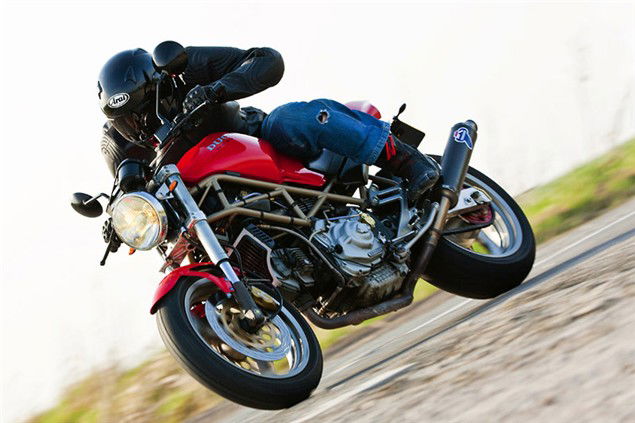
Today, one Monster looks very much like another, and an M900 from 1993 rides almost identically to a model from last year, just with less power.
The riding position is uniquely Monster. High pegs and low, wide, bars stretch your body out rather than put it in the traditional “sit up and beg” naked bike position. It’s an odd and, many feel, uncomfortable stance.
Hit the starter and after the traditional Ducati lurch, which feels like the starter motor will never win the battle against the piston’s compression, the Monster roars into life. The dry clutch rattles and the exhaust booms as the whole bike comes alive.
The horribly heavy clutch and near-solid suspension doesn’t make for the best town manners, but get them onto the smooth back roads, which they were designed for, and they are still enormous fun to ride.
The air-cooled engine has developed over the past 16 years into a bit of an animal, but this early 900cc version retains the easygoing charm that has been lost in later models. The power is there, but it is delivered in a far smoother and more refined way, yet still with a kick if necessary.
Crack the throttle open at low revs and the Monster surges forward, while the thunderous exhaust note warns all in your path to clear the way ahead. It’s a sound that makes you smile and is a huge part of the joy of ownership.
The handling, as you might expect from a bike that is so closely related to a 888, is good. You have to muscle the Ducati around a bit, but the wide bars help with this task, and once leant over, the Monster corners well. As with most bikes of this age, the suspension isn’t too sharp, but even modern Monsters suffer from a harsh ride and it seems this is an inherited trait. Smart owners either learn to live with it, or simply plan their favourite routes around smooth, flowing A and B roads, which is where this bike excels.
To put into perspective just how successful and revolutionary the Monster was, consider this: it was launched in 1993, a year later Triumph unveiled the first Speed Triple, a year after that Suzuki launched the Bandit 1200 then the whole streetbike scene snowballed into what it is today. It is one of the cheapest classics you can buy.
Ducati Monster M900: Specifications
- Price: From £1,500 to £3,000
- Engine: 904cc, air/oil cooled desmo V-twin, 4 valve
- Power: 72bhp @ 7,000rpm
- Torque: 56ft.lb @ 6,000rpm
- Front brake: 320mm discs, Brembo four piston calipers
- Rear brake: 220mm disc, two piston calliper
- Front suspension: Inverted forks, fully adjustable
- Rear suspension: Fully adjustable Showa monoshock
- Dry weight: 185kg
- Tank size: 16l
- Seat height: 770mm
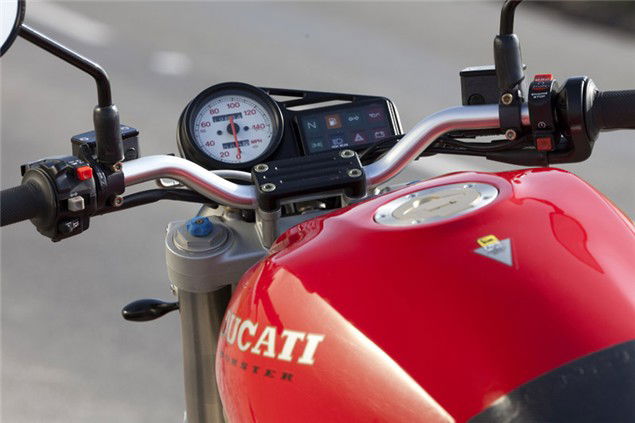
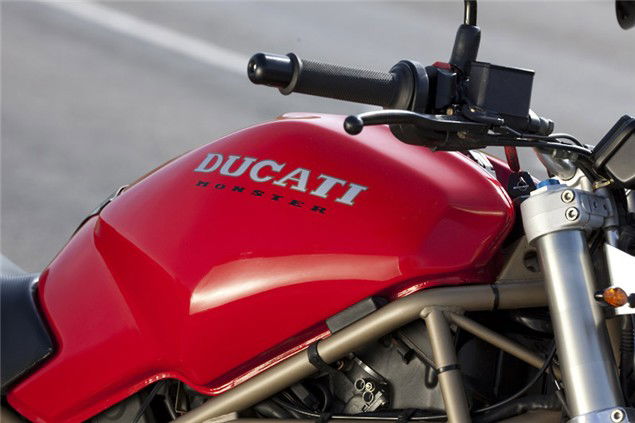
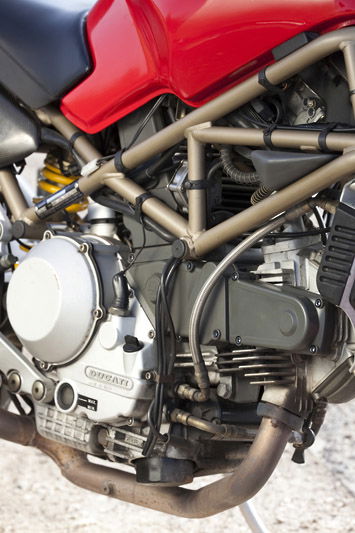
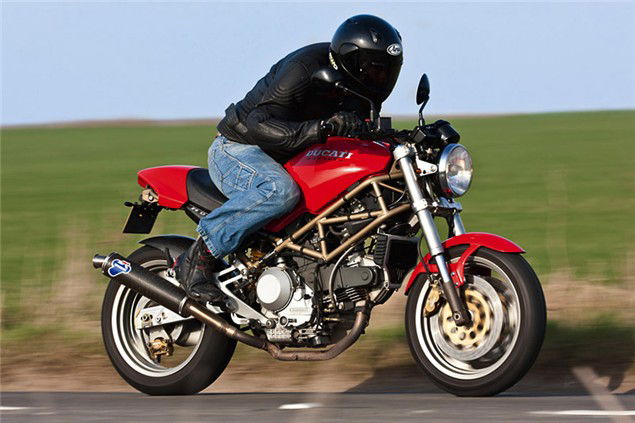
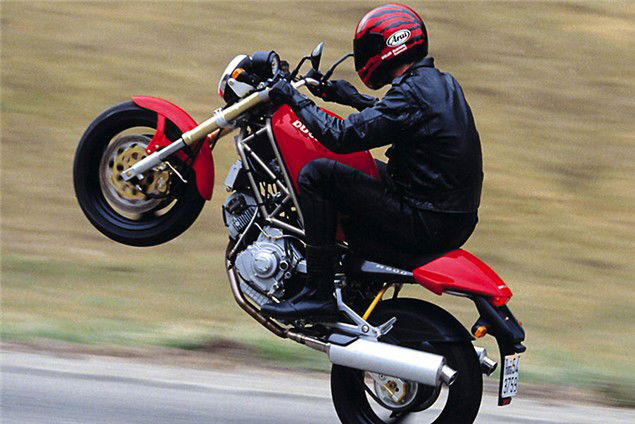

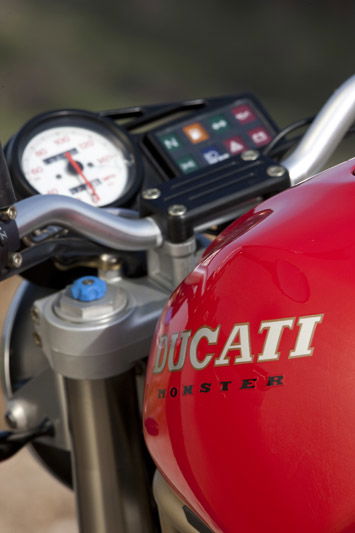
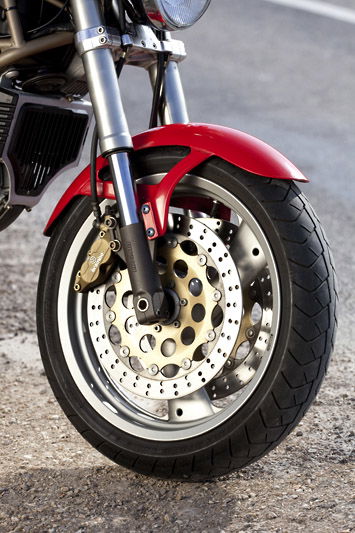

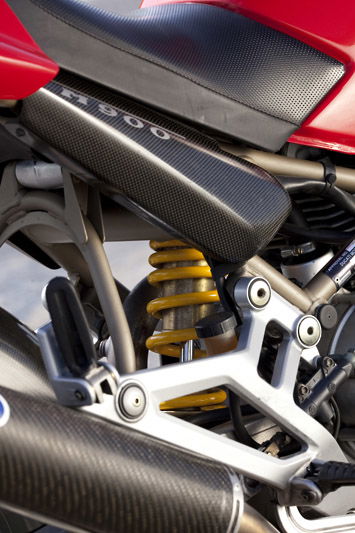
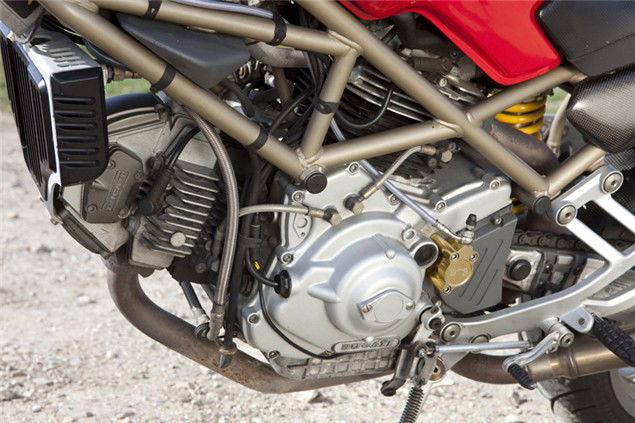
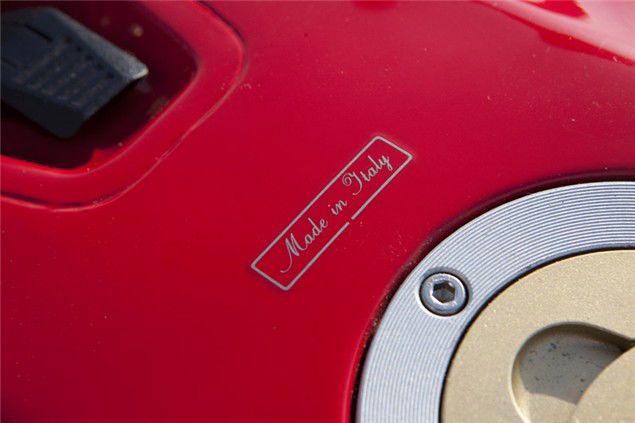
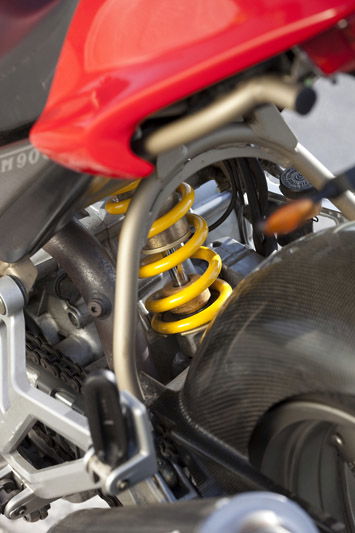
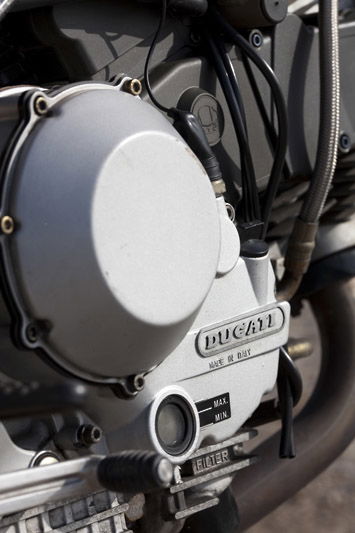
.jpg?width=1600)
